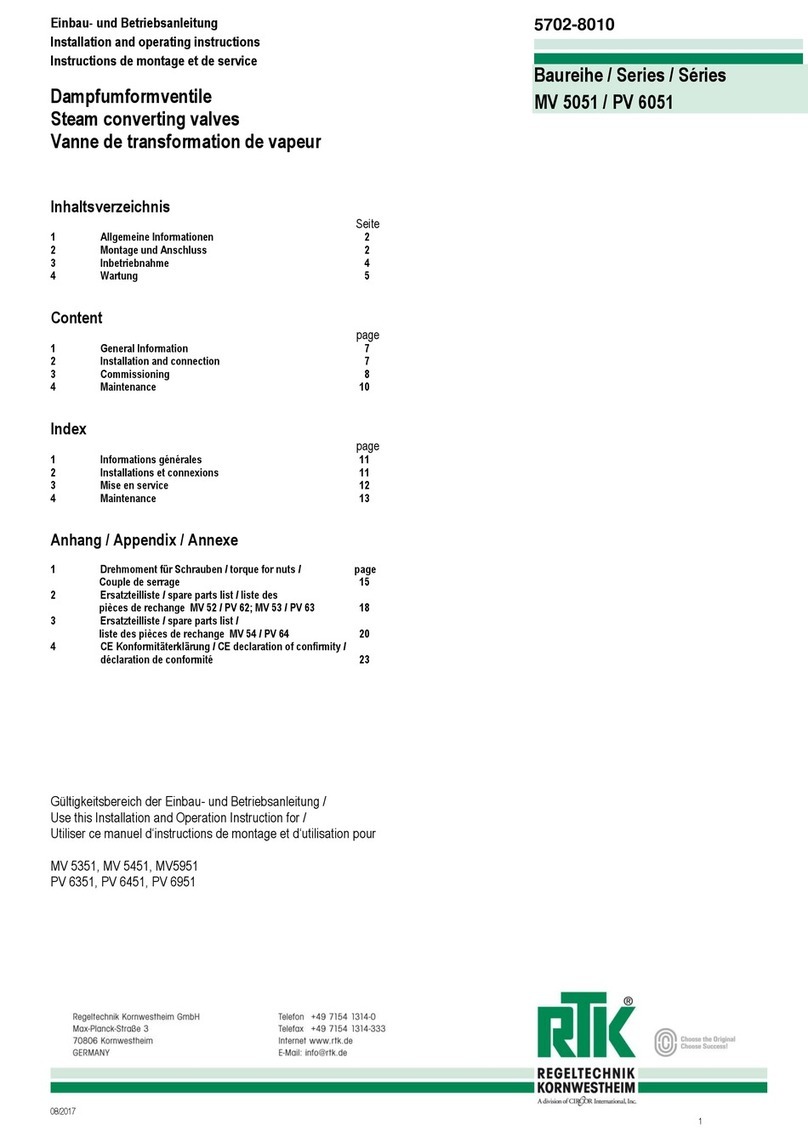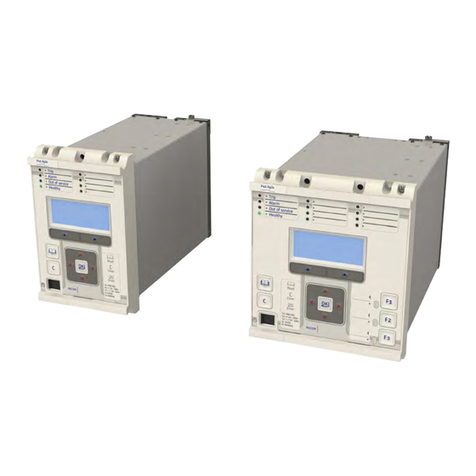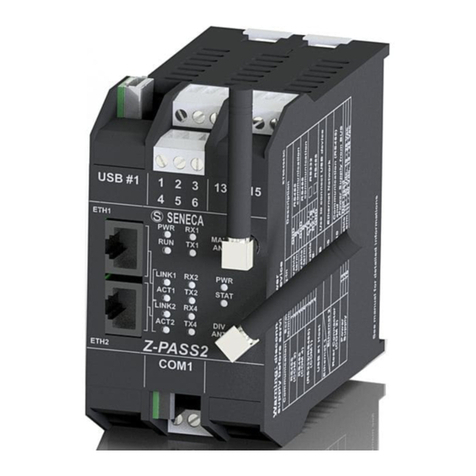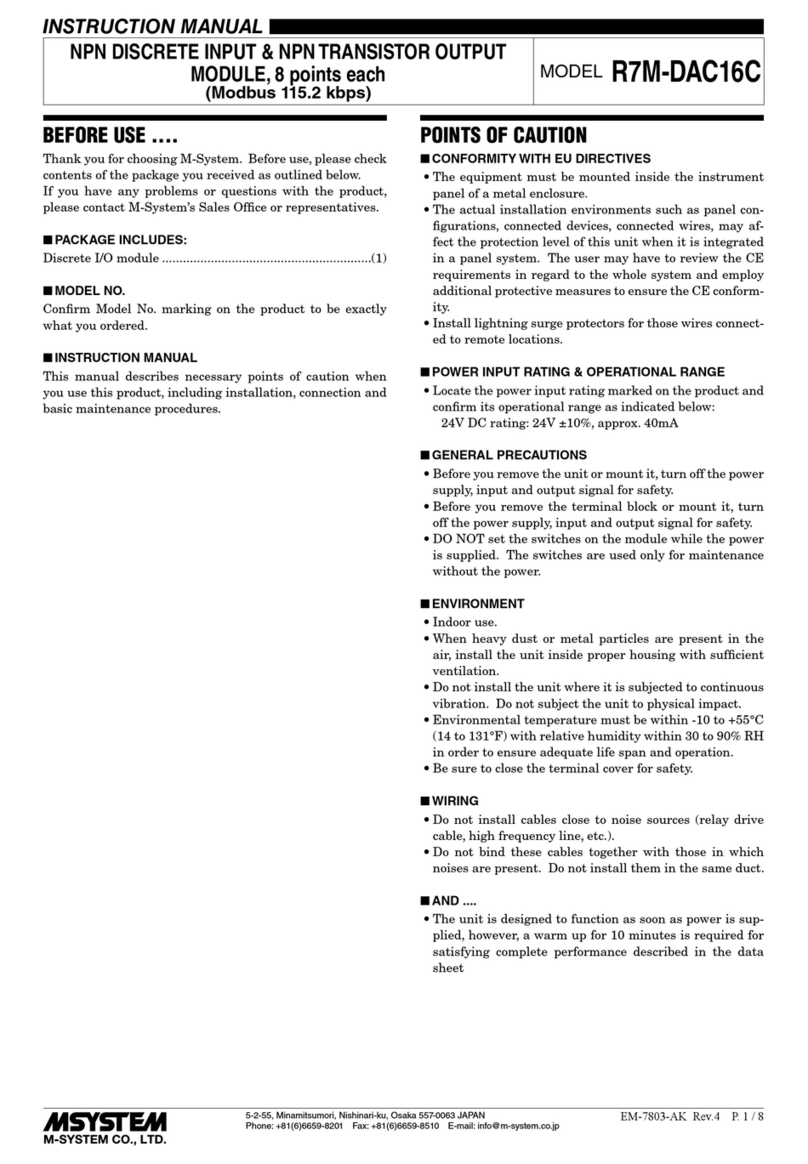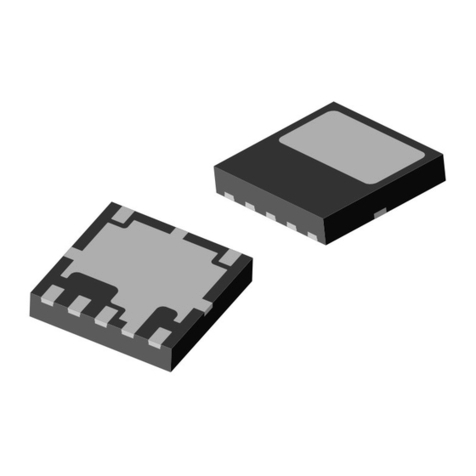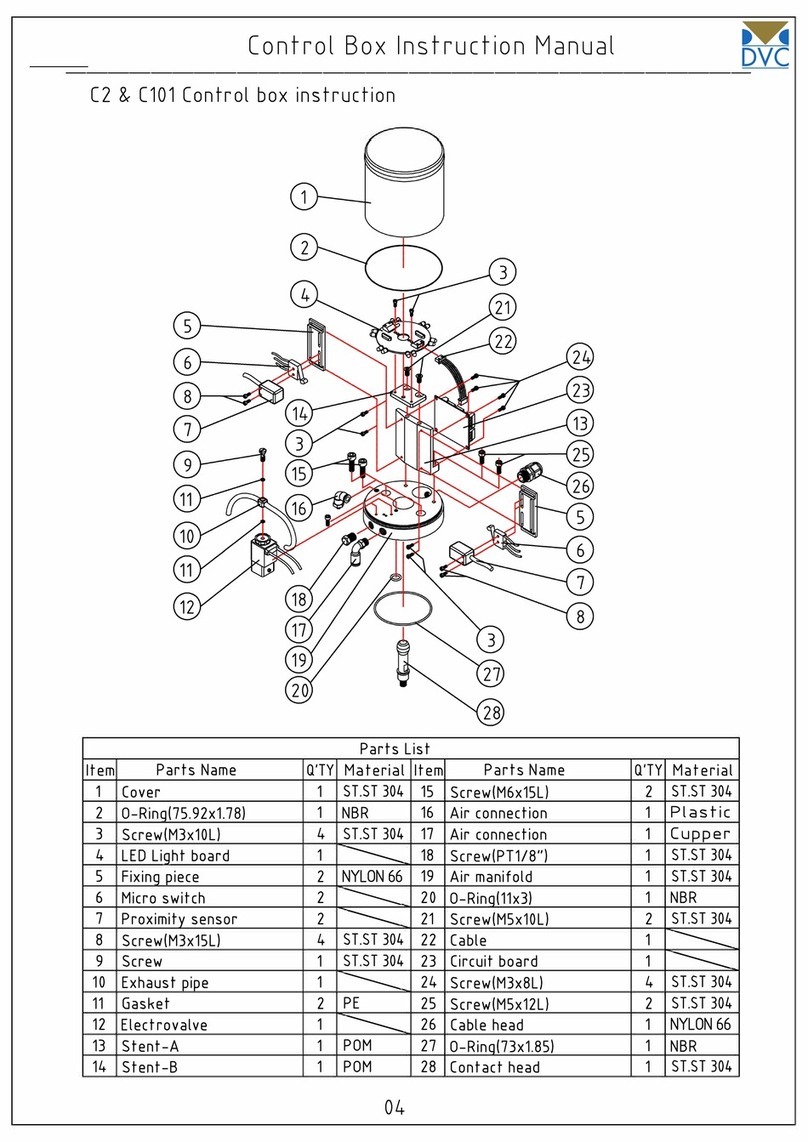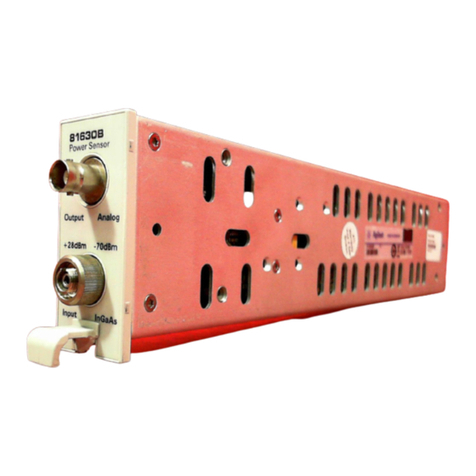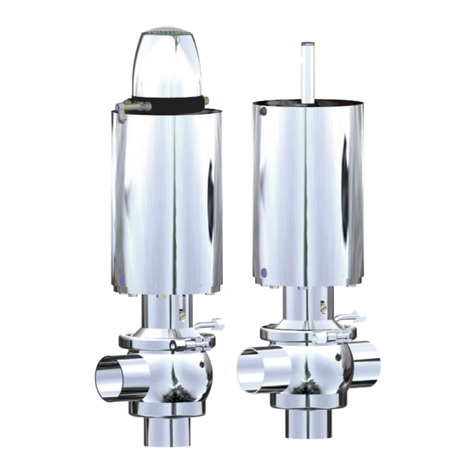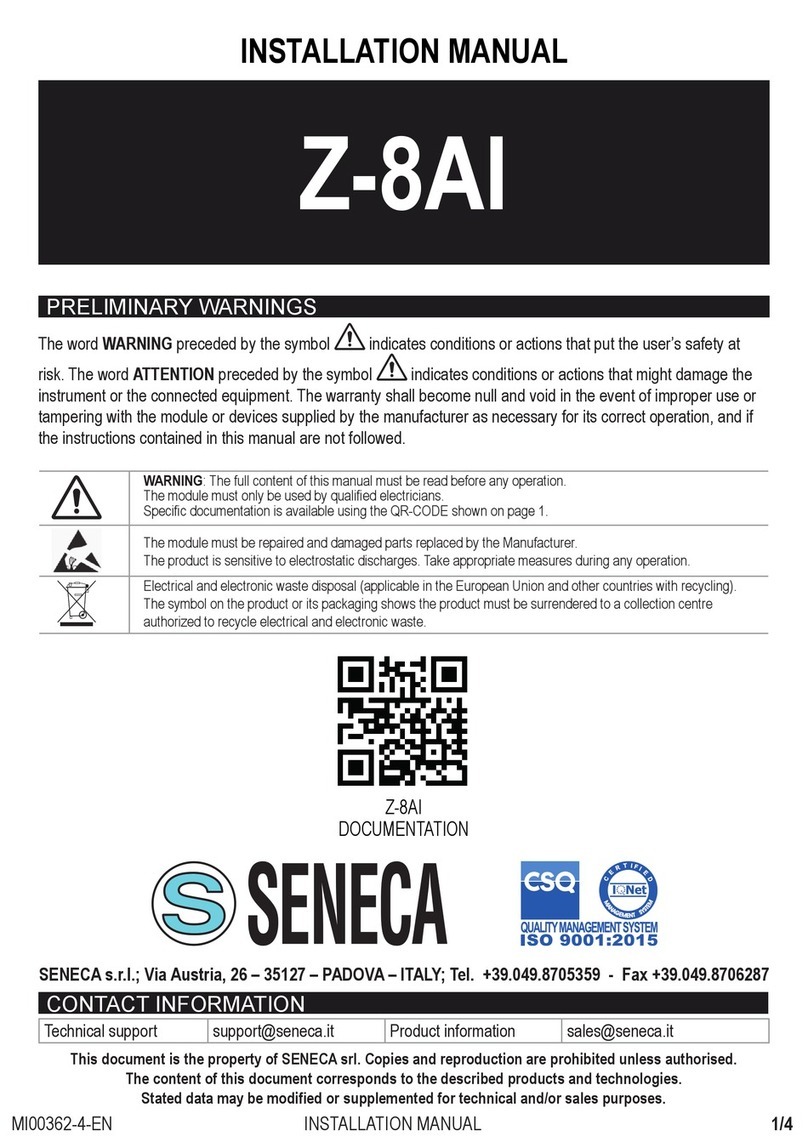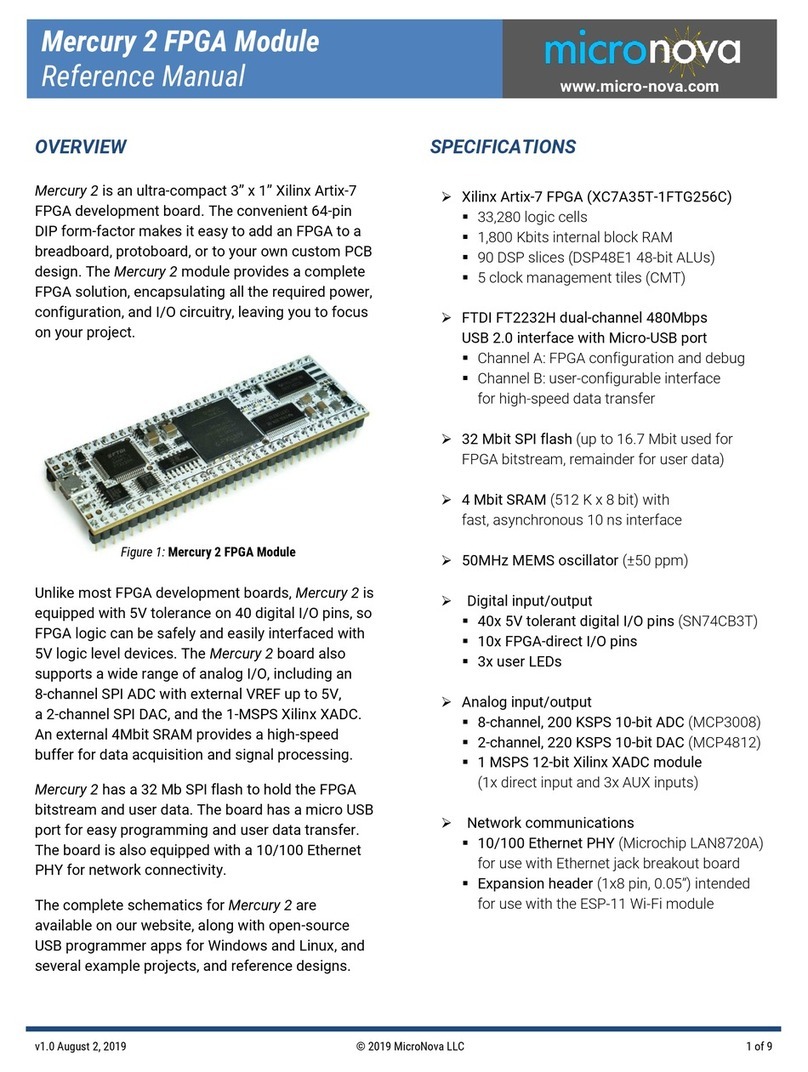AUROOM DICIA D User manual

IPx4 Technical changes reserved
INSTALLATION AND OPERATION MANUAL
Sauna control unit
DICIA D
DICIA H
www.auroom.ee

2
English
Contents
Scope of delivery .................................................................................................................................................... 4
Accessories ................................................................................................................................................................ 4
Technical data........................................................................................................................................................... 5
General information about sauna bathing .................................................................................................... 6
General safety precautions.................................................................................................................................. 7
Installation ................................................................................................................................................................. 9
Main electronic unit (relay box)............................................................................................................9-10
Control panel - location and cable connections ................................................................................11
Control panel - ush-mounted installation................................................................................... 12-13
Installation of the temperatur sensor.............................................................................................. 14-15
Electrical connections..........................................................................................................................................16
Connection of the sauna heater...............................................................................................................16
Connection of the sauna lighting............................................................................................................17
Connection of the power extension unit (LSG) ..................................................................................17
Installation diagram and terminal block overview..................................................................... 18-19
Temperature sensor......................................................................................................................................20
Humidity sensor.............................................................................................................................................20
2nd temperature sensor (bench sensor)...............................................................................................20
Connection scheme overview (Dicia D and H)......................................................................................21
Connection of the vaporizer .............................................................................................................................22
Installation and connection of the humidty sensor .................................................................................22
Installation and connection of the 2nd temperature sensor ................................................................23
Setup (commissioning / rst switching) .......................................................................................................24
Language setting...........................................................................................................................................24
Time and date setting..................................................................................................................................24
Basic setup (type of use, type of heater, safety)..................................................................................24
Operation.......................................................................................................................................................... 26-36
Overview...........................................................................................................................................................26
Symbol description (main navigation menu)......................................................................................27
Symbol description (additional settings)..............................................................................................28
Graphic user interface..................................................................................................................................29
Monitoring of climate conditions............................................................................................................29
Operation and settings (main functions)....................................................................................... 30-33
Operation and settings (additional functions)............................................................................. 34-36
Service-Level (setup and settings)........................................................................................................... 37-40

3
Setup level access and graphic user interface ....................................................................................37
Symbol description.......................................................................................................................................38
Description of settings.......................................................................................................................... 39-40
Troubleshooting (error messages)..................................................................................................................41
Main switch (Switch-o).....................................................................................................................................42
Service address ......................................................................................................................................................43
Warranty information ..........................................................................................................................................43
General Terms and Conditions of Service.....................................................................................................44

4
Scope of delivery
(changes are reserved)
1. Main electronic unit (with two-part front cover)
2. Control panel with colour display
3.
4. De-installation tool (for control panel)
5. Temperature sensor: a) housing, b) sensor board, c) overheat protection fuse, d) 2 mounting
screws 4 x 40 mm, e) connection cable 5 m with RJ10 plug, f) 2-core white cable for overhea-
ting protection fuse 5 m
6. Connection cable (control panel - main block) with RJ14 / RJ10 plugs
7. Plastic bag with 3 mounting screws 4 x 25 mm (for main electronic unit)
8. 1 spare overheating protection fuse
9. 5 rubber cable glands
10. 1 installation & operation manual, 1 operation manual (for end users)
Accessories (optionally available):
2nd sensor........................................................item 94.5725 (only for Dicia D and H)
Humidity sensor...........................................item 94.5726 (only for Dicia H)
coloured light control module ...............item 94 5996, 94 6007
Sound module..............................................item 94 5920, 94 5921
Remote start module.................................item 94 5782
SBM-WCI-01 web app module................item 94 5987
4
10
79
5
f
e
d
a
b
c
1
23
6
8

5
Technical data
Voltage (power supply): 400 V 3 N AC 50 Hz
Switching capacity: max. 9 kW resistive load, may be extended with a power extension unit
(LSG)
Heating time limit: 6 h / 12 h / unlimited
Housing: plastic, shatter-resistant
Display: TFT colour display 55 x 74 mm (3,5“ size)
Operation: 2 direct buttons for On/O and light, jog-dial switch
Temperature control range: 30° - 115°C (dry sauna mode)
30° - 70°C (humid sauna mode - only Dicia H)
Humidity control: proportional to time or optionally as per rel. air humidity (%) with an
optional humidity sensor.
Sensor system: Digital sensor with oveheating protection fuse (STB) 142°C
Control characteristic: Digital two-point control
Connection for fan: min. 5 W, max.150 W (only fans without starting capacitor)
Please make sure to use only the fans compatible with the phase lead edge
control. Otherwise the fan or the sauna control unit may be damaged!
Connection for light: min. 5 W (20 mA),
resistive loads - max. 150 W,
dimmable energy saving lamps - max. 35 W
Lamps at conventional transformers - max. 60 VA.
Attention: only dimmable lamps may be used!
!Fan and light output share a common 5 A fuse.
Volt-free output: contact’s resistive load carrying capacity:
maximum current: 16 A
maximum voltage: 30 V DC / 250VAC
Start time pre-selection: up to 24 h in advance
Switching automation: Week timer with 4 switching programs per day
Error display: Clear text error indication on the display
Outputs: 3 x RJ10 jacks for sensor connections
2 x RJ14 jacks for control panel and extension modules
1 x potential free contact (2 terminals)
Output S1: maximal load 50 W / 50 VA, no capacitive loads allowed.
Terminal block area for power supply and steam generator connection:
0.5 – 2.5 mm² rigid or exible crimped wire, two cores with the same
cross section per terminal may be connected
Terminal block area WM, 3, 4, light, fan:
0.34 – 2.5 mm² rigid or exible crimped wire
Please observe the minimal cross section as per fuse protection of the line!
Card reader: Micro-SD card reader in control panel
Ambient temperatures: -10°C to +35°C
Storage temperatures: -20°C to +60°C
Sensors: may not be installed in corrosive or highly salty environment.
Control unit: may not be installed in corrosive environment or in an environment which
may cause water condensation.
Dimensions main block: H 270 x W 300 x D 100 mm
Dimensions control panel: H 127 x W 130 x D 25 mm (ush-mounting)
recessed part 20 mm deep

Dear customer
You have purchased a high-quality technical
device with which you will have years of sauna
fun. This sauna control unit was designed and
inspected according to the current European
safety standards and manufactured at the facto-
ry in accordance with the quality management
standard DIN EN ISO 9001:2000.
This detailed installation and operation manual
has been prepared for your information. Please
observe in particular the important notes and
the information on electrical connection.
We wish you exhilarating recreational experience
and lots of fun with your sauna!
Intended use
This sauna control unit is exclusively intended
for the control of the sauna heater in a sauna
cabin.
Any other use over and above the intended
purpose is not considered as appropriate use!
Compliance of the standard operation, mainte-
nance and repair conditions is also an element
of appropriate use.
The manufacturer cannot be held liable for
deviating, unauthorized alterations and any re-
sulting damages: the initiator of these changes
bears the full risk.
General information
Please check whether the unit has arrived in per-
fect condition. Any transport damages should be
immediately reported to the freight forwarder
delivering the goods or you should contact the
company that shipped the goods.
Please note that you will only be able to achieve
an optimum sauna climate if the cabin with its air
intake and ventilation, the sauna heater and the
control unit are aligned to each other.
Please observe the information and stipulations
made by your sauna supplier.
Sauna heaters heat up your sauna cabin using
heated convective air. Here, fresh air is drawn
in from the air intake which, when heated, rises
upwards (convection) and is then circulated
within the cabin. Part of the used air is pushed
out through the vent in the cabin.This creates a
typical sauna climate which can achieve temper-
atures of approx. 110°C measured directly under
the ceiling of your sauna, dropping in temper-
ature to approx. 30-40°C towards the oor. It is
therefore not unusual to measure temperatures
of 110°C on the temperature sensor hanging
over the heater, whilst the thermometer hanging
on the sauna wall, approx. 20-25 cm under the
cabin ceiling, only indicates 85°C. The bathing
temperature generally lies between 80°C and
90°C in the area of the upper bench when the
temperature is set to maximum.
Please note that the highest temperatures are
always generated over the sauna heater and that
the temperature sensor and the safety limiter
must be mounted there in accordance with the
control unit installation instructions.
When heating up for the first time, you may
notice a slight smell caused by evaporating
lubricants used in production processes. Please
ventilate your cabin before beginning your
sauna bath.
6

!
Attention!
If control units with remote control op-
tions* are used, protection against switch-
ing on if the heater is covered is required.
(e.g. cover protection rail type 1-5).
General safety precautions
• This device can be used by children aged
8 upwards and by persons with physical,
sensory, or mental disabilities, or who
have inadequate experience and knowl-
edge if they are supervised or if they have
received adequate instruction in how to
use the device safely and understand the
associated risks. Children may not play
with this device. Children may not clean
or carry out any user maintenance if un-
supervised.
• Children are to be supervised in order to
make sure that they do not play with this
device.
•
!
Attention: It is forbidden to install
the control box in a closed switch cabinet
or behind a wooden panelling!
• The electrical installation may be done
only by a qualied electrical technician.
• You must comply with the regulations of
your power supply company and applica-
ble VDE regulations (DIN VDE 0100).
•
!
WARNING: Never attempt repairs or
installations yourself, as this could result
in serious injury or death. Only a qualied
technician may remove the housing cover.
• Please note the dimensions in the assem-
bly instructions, especially when installing
the temperature sensor. The temperature
above the oven is critical for the temper-
ature setting. The temperature can be
held within operating parameters and
a minimal temperature gradient inside
the bench area of the sauna cabin can be
achieved only if unit is assembled correct-
ly.
• The device may only be used as intended
as a control unit for sauna ovens up to 9
kW (up to 36 kW when combined with a
contactor box).
• Completely disconnect the control unit
from the electrical circuit, i.e. ip all circuit
breakers or the main circuit breaker during
each installation or repair.
• Please note the safety and installation
information from the sauna oven manu-
facturer.
• Always heed the specications and in-
structions of the cabin manufacturer, too.
*Remote control = setting up, controlling or adjust-
ing a unit by a command that can be given out of
view of the unit by means of transfer media such as
telecommunication, audio technology or bus sys-
tems. (this also includes weekly timers)
7

!
Attention!
Dear customer,
according to the valid regulations, the
electrical connection of the sauna heater
and the control box has to be carried out
through the specialist of an authorized
electric shop
We would like to draw your attention that
in case of a warranty claim, you are kindly
requested to present a copy of the invoice
of the executive electric shop.
When designing the sauna cabin
ensure that the external exposed glass
surfaces only reach a maximum tempera-
ture of 76°C. If necessary, protective fea-
tures need to be tted.
!
Attention!
Only the original spare parts may be used.
Any modication of the cables included in
the delivery can lead to malfunctions and
is not permitted.
Any unauthorized technical alteration
makes the product warranty void.
8

9
Installation of the main electronic unit
1. Take the lower part of the front cover o the relay box. For this undo 3 xation screws, then
pull the cover slightly downwards and take it o. See the g. 1 for details.
The main electronic unit (relay box) may be installed only outside sauna cabin. The recommended
places of installation are the outer sauna wall or a plant room (technical room). The installation
on the sauna roof is also possible. If empty ducts for connection cable are already available, then
they usually predetermine the installation position. The installation shall be carried out as follows:
1.
2.
210
180
3
!
Attention: The relay box may not be
installed in a closed switch cabinet or be-
hind a wooden panelling!
Risk of overheating! Fire hazard!
Fig. 1
Fig. 2
2. The relay box has three mounting holes on the rear side. Refer to g. 2 below for dimensions
in order to mark the position on the wall (template). The central upper screw shall be used to
hang the relay box onto it with the corresponding opening on its rear side. Two lower screws
shall be used to secure the housing to the wall after it is hanged on the upper screw.

10
180 mm
210 mm
Lower mounting holes
Fig. 3
3. Hang the housing on the central upper screw. Make sure that this screw stands out ap-
prox. 3 mm from the wall surface. If the connection cables shall be connected from the rear,
knock out the corresponding openings in the housing and insert the supplied cable glands
(rubber cable holders) into these openings. Pull the cables through them into the housing.
Secure the housing with two mounting screws 4x25 mm through the corresponding holes as
shown on g. 3 below.
Fig. 4
Knock-out openinigs for connection cables
for heater, vaporizer, fan, lamp.
Knock-out openings
for sensor cables
upper central mounting hole

11
ca. 340 mm
120 mm
117 mm
ca. 340 mm
Cable connection
Use the supplied 5 m connection cable with
RJ10 plug (control panel side) and RJ14 plug
(relay box side).
If necessary this connection line may be ex-
tended to approx. 100 m length. For this you
will need to use a standard coupling RJ14/RJ14
and the extension cable with RJ14 plugs in re-
quired length. The coupling and extension ca-
ble may be purchased from specialist dealers.
Outer sauna
wall
insulation
connection cable
Inner sauna wall
Draw the connection cable from the relay box
to the control panel.
The connection cable may be laid only be-
tween the outer sauna wall and insulation layer
to prevent overheating (Fig. 7).
The insulation should ensure that the temper-
ature at the outer sauna wall may not exceed
75° C.
Pay attention to that the bigger plug (RJ14)
shall be oriented towards the relay box and the
smaller plug RJ10 towards control panel.
Fig. 5
Control panel
Installation place
The control panel may only be mounted out-
side the sauna cabin. If ductwork is already
provided for electrical installations then the
position of the control unit is predetermined
by that. The control panel is designed for
ush-mounted installation into the sauna wall
or a similar adjacent wall. The installation shall
be carried out as follows.
First of all determine the installation position.
Ideally it should be at the eye sight height, as
shown on g. 5
Fig.6
Make a cut-out in the wall with dimensions 117
mm height x 120 mm width.
Be careful not to make it too large, the ange of
the control panel has 5 mm.
eye hsight height
eye sight height
Fig. 7

12
0,5
20
+
-
0,5
117
120
+
-
127
130
5
4x
4x
4x
1.
2.
3.
Fig. 9
By wall paneling < 15 mm (factory default)
First install the housing base (wall panelling up to 30 mm).
1. Loose 4 screws with mounting brackets on the base
2. Adjust the brackets to the designated wall panelling thickness (<15 mm or 15-30 mm)
3. Pull the connection cable through the opening in the housing base.
4. Insert the housing base into the wall opening.
5. Flip the brackets 90° to outside and tighten the screws - the housing base will be pulled to the
wall panelling from inside and fastened in the wall opening.
Wall aperture:
Width 120 mm
Height 117 mm
Depth min. 20 mm
Installation of the housing base
Flush-mounted installation
Fig. 8
pull the connection cable here
Advice:
Pay attention to the correct
orientation of the housing
base, the opening for con-
necting cable should be at
the bottom side as shown on
g. 8

13
4x
4x
4x
2.
1.
3.
4x
4x
Fig. 10
Fig. 11
By wall paneling 15 - 30 mm
turn the brackets around
By wall thickness > 30 mm
Leave the brackets in original position and mount
the housing through the mounting holes
in the bottom using 4 screws.
Use 4 screws appropriate to
the wall material.
Installation of the housing upper part (control panel with display)
Place the control panel directly in front of the housing base and pay attention to the correct orien-
tation (jog-dial switch shall be at the bottom right). Plug in the connection cable with RJ10 plug
which you pulled through the housing base.
Now press the control panel carefully into the housing base until you hear a click sound (hooks of
the upper part should snap into the holders in the base). Make sure the control panel sits reliably
in the base part.
Installation hint: When you lay the connection cable do not pull it too tight, allow some extra
length around the base, so that later you can take the control panel out of the base easily while
still having it connected.
Taking the control panel out
To remove (detach) the control panel use the included deinstallation tool or a suitable athead
screwdriver. Insert the tool or screwdriver into the groove located in the middle of the bottom
side (between housing upper part and housing base) and carefully pull it away from the wall until
control panel is released from the base and may be taken out. Do not apply excessive force as this
may damage the inner holders.

14
20 cm
19 cm
< 2 x 2 m
35 cm
> 2 x 2 m
Connection of sensor cables
Do not lay sensor and power supply lines together, or lead them through the same duct. This can
lead to interferences in the electronics, such as“uttering” in the relays. Connect the cable shield-
ing (if present) to ground in the control unit.
Please observe that the following dimensions relate to the values stipulated during the unit in-
spection acc. EN 60335-2-53. The heater sensor must always be installed at the point where the
highest temperatures are to be expected. Fig. 12-14 provide you an overview of the mounting
point of the sensor.
1. Mount the heater sensor in cabins up to 2 x 2 m according to g. 13, in larger cabins according
to g. 14.
2. Drill a hole to lead the cable through, preferably through the middle of one of the wooden
planks.
Fig. 12
Fig. 13 Fig. 14
Installation of the temperature sensor
Make sure that there is no deviating mounting position of the sensor, specic to
the sauna heater (check the installation guide of the sauna heater).
sensor line
heater heater
sensor line
Sauna control
unit. Display
panel design
may vary.
Sauna control
unit. Display
panel design
may vary.

15
Drilled hole in the ceiling
Sauna ceiling
Sensor, mounted in
the middle of a plank
Sensor cables
Sensor connector
RJ10 in relay box
Connector for the overheating pro-
tection fuse line STB (white cable)
Fig. 15
Fig. 16
3. Lead the sensor cable (red) and the limiter cable (white) through the drilled hole and connect
both cables to the main relay box as advised on pages 18-19.
4. Connect the sensor cable to the sensor board according to g. Make sure the connections are
correct. Connect the limiter cable (2-core white cable) to the limiter board (STB).
5. Mount the sensor to the ceiling plank using two supplied screws and attach the housing
cover.
6. After completed installation and correct commissioning of the control unit, the sensor line for
overheating protection must be tested for proper functioning. Disconnect one of the wires
of the white cable at the STB board in the sensor housing - the respective error message shall
appear on the display. Re-connect the wire to make the error message disappear.
Temperature sensor - connections:
Temperature sensor - installation overview:
Attention! Make sure to observe the correct
wire connecton order on the temperature sensor
board as shown on g. 15
connection pins on the sensor board
Attention:
Please pay attention that by the installation of the
cable lines for sensors and display panel it is not
permitted to pull the cable by the modular plug.
If you use a help to draw the cable through the
ducts it must not be attached to the plug but to
the cable only!
Pulling the cable by the plug may damage it and
cause loose contacts resulting in malfunction of
the control unit. In such case the warranty will be
void and the cable should be replaced.
Temperature sensor
board
white
green
brown
Overheating protec-
tion board (STB)
white

16
Electrical connection
The electrical connections may only be car-
ried out by a certied electrician in compli-
ance with the guidelines of the local power
supply company and applicable legal regu-
lations (e.g. VDE norms for Germany).
In general, there may be only one permanent
connection line to the network. Furthermore
equipment should be provided that makes it
possible to disconnect the system on all phases
from the power supply with a contact gap of
minimum 3 mm.
All electrical installations and all connection
lines that are installed inside the sauna cabin
must be suitable for an ambient temperature
of at least 170 °C.
The power supply line shall be laid to the con-
trol unit and connected to the power input ter-
minals.
The power supply cable shall be laid to the
main relay box and connected to the power
input terminal as per connection diagram (see
wiring diagrams, page 18-19).
Install the sauna heater and the vaporizer in
front of the air intake according to the manu-
facturer’s installation instructions.
Draw the silicone cable through the ductwork
to the relay box and connect it to the appropri-
ate terminals as directed in the wiring diagram.
Make sure to observe the wiring diagrams on
pages 18 - 19 with the corresponding terminal
connection scheme.
Notice:In case there is no ductwork available
drill a hole next to the air intake opening and
run the heater line through this hole to the
outside and to the appropriate terminals in the
control unit. The silicone line must be covered
to protect it from outside inuences. There-
fore, use a suitable cable-duct or a PVC-pipe
through which you can run the line up to the
power unit.
Special advice for connection of
Bi-O sauna heaters to control unit.
Sauna heater connection
Relay box, lower front cover opened
!
Attention!
By working vaporizer the power output
line„W“ will be diverted to the„Wb“ line
of the vaporizer.
The sauna heater section will then oper-
ate with 2/3 of the total power.
(if no LSG 18 H or LSG 36 H is used)
If a vaporizer is connected and the operation
mode is set to humid operation, then upon
switching the unit on the vaporizer will be
energized for a short time. This allows you to
prove that the vaporizer is functional and op-
erates correctly. It will then switch o until the
temperature reaches 10°C below the target lev-
el and then switch on. This ensures faster heat
up times and prevents that the steam is sup-
plied into a still too cool sauna cabin.
Fig. 17

17
Sauna lamp connection Heating time limitation
LSG
Connection of the power
extension unit
The switching capacity may be extended with
an external power extension unit (LSG), in or-
der to connect and operate the sauna heaters
above 9 kW power.
For connection details please refer to the instal-
lation and operation manual for the respective
LSG model.
The maximal heating time may be limited with
the jumper #5 on the main board of the relay
box. The limitation may be set to 6 hours, 12
hours or to unlimited.
If the control unit has been set to private (do-
mestic) use, then the heating time will be auto-
matically limited to 6 hours.
The jumper setting will override the software
settings.
!The sauna lamp must have the protection
class of at least IPx4 and should be resistant to
the ambient sauna temperatures. The sauna
lamp may be installed at any location but never
close to the rising hot air of the heater.
Only dimmable lamps may be used.The control
unit will detect strongly inductive loads and
will adjust the phase edge control accordingly.
Make sure to observe the specications of the
light output of the control unit for each light
type.
!Notice: By connection of not dimma-
ble lamps there is a risk of damaging either
the illuminant or the control unit. No war-
ranty claims may be accepted in this case.
The terminals „3“ and „4“ on the main board of
the relay box are the terminals of the normal-
ly open (NO) contact of a relay. Both terminals
have no further connection and are therefore
potential-free (voltage free). You can inte-
grate this NO contact into any circuit, in order
to switch an external power load or to relay a
switching signal.The max. load on the potential
free contact, depending on whether AC or DC
shall be switched, is given in the specications
on the page 5.
!
Attention! If you use the terminals L1,
L2 or L3 to power the circuit connected to the
potential free contact, then the connection
line should not be overloaded. If necessary,
the load (consumer) connected to the poten-
tial free contact should be additionally pro-
tected and provided with a separate power
supply.
Potential-free contact
Only use fans whose speed can be control-
led via phase control. The fan must have the
splashwater protection class (IPx4) and must
be resistant to the ambient temperature. The
fan can be mounted anywhere, however never
close to the rising ow of hot air from the stove
and must be positioned as far away as possible
from the IR spot (it may not be in the light path
of the spot).
Lüfter

18
Jumpers are supplied
with the default
setting to 6 hours
LSG
Contactor box
STB
PE
P max. 9 kW
STB
fan light
L N L N
NL1 L2 L3
L1 L2 L3 N W V U N N
WB
WM
potentialfreier
Kontakt
3 4
S1
S1 N
Saunaofen
Sauna heater
Sensorbus
Saunabus
reserviert
Leuchte/light Lüfter/fan
Bankfühler/2nd Sensor
humidity sensor
Feuchtefühler
Ofenfühler/Sensor
Leistungsteil
Main unit (relay box)
Relais box
Силовой блок
B
Steckeranschluß Fühler
Sensor plug connector
weiß/white
grün/green
braun/brown
Bedienteil
Control panel
Tableau de commande
Панель управления
LSG
}
}
STB
}
I
II
fan light
FL FN LL LN
L1 L2 L3 N W V U N N
WB
WM
3 4
S1
S1 N
MAINS OVEN VA P.
JP5
Jumper 5
6 h
12 h
∞
Terminal layout on the main board
(relay box)
Installation diagram %JDJB D / *NQFSB D/Di
reserved
Fan / Phase
Fan / Neutral
Light / Phase
Light / Neutral
volt-free contact 16 A
Neutral heater
Neutral mains
Power supply phase 1
Power supply phase 2
Power supply phase 3
Output heater phase 1
Output heater phase 2
Output heater phase 3
Power
extension LSG
Schaltlasterweiterung
LSG, optional
Power extension,
optional
Sensor Bus
RJ 10
Sauna Bus
RJ 12
overheating
limiter fuse

19
Jumpers are supplied
with the default
setting to 6 hours
STB
PE
P max. 9 kW
Wb PEWm N
LSG
STB
fan light
L N L N
NL1 L2 L3
L1 L2 L3 N W V U N N
WB
WM
potentialfreier
Kontakt
3 4
S1
S1 N
LSG
Contactor box
Saunaofen
Sauna heater
Verdampfer
Vaporizer
Sensorbus
Saunabus
reserviert
Leuchte/light Lüfter/fan
Bankfühler/2nd Sensor
humidity sensor
Feuchtefühler
Ofenfühler/Sensor
Leistungsteil
Main unit (relay box)
Relais box
Силовой блок
B
Steckeranschluß Fühler
Sensor plug connector
weiß/white
grün/green
braun/brown
Bedienteil
Control panel
Tableau de commande
Панель управления
}
}
STB
}
I
II
fan light
FL FN LL LN
L1 L2 L3 N W V U N N
WB
WM
3 4
S1
S1 N
MAINS OVEN VA P.
JP5
Jumper 5
6 h
12 h
∞
Terminal layout on the main board
(relay box)
Installation diagram %JDJB H / *NQFSB H/Hi
Sensor Bus
RJ 10
Sauna Bus
RJ 12
reserved
Vaporizer
Water shortage alarm
Schaltlasterweiterung
LSG, optional
Power extension,
optional
Neutral heater
Neutral mains
Power supply phase 1
Power supply phase 2
Power supply phase 3
Output heater phase 1
Output heater phase 2
Output heater phase 3
Fan / Phase
Fan / Neutral
Light / Phase
Light / Neutral
Potential free contact 16 A
Neutral
overheating
limiter fuse
Power
extension LSG

20
!
ATTENTION!
Connecting a sensor to the sauna bus
connector (RJ12) may damage the sensor
and the main board of the control unit!
Sensorbus
RJ 10
reserviert
Bankfühler
2nd sensor
Feuchtefühler
Humidity sensor
Ofenfühler
Main sensor
STB
B
}
Saunabus
RJ 14
}
RJ
10
RJ
14
RJ
10
RJ
10
RJ
14
B
B
For further details please refer to page 22.
Pin-type connec-
tors in sensor
2nd sensor (bench sensor)
Opening in chip
white
green
brown
How to set / change the cabin address
1. Press the programming button > 4-5 sec to
launch the programming mode. The green sta-
tus LED will go out. The red status LED will start
to ash.
2. Press now briey on the button - the ca-
bin address will move to the next va-
lue. The green LED will ash accordin-
gly to indicate the new address number.
For instance, the address has changed from 1 to
2 - green LED ashes two times.
3. Press again on the button to move the address
to the next value as required. In this manner you
can set the addresses 1 to 8.
4. The factory default address is always 1. The rst
press on the button will therefore set the cabin
address 2. The green LED will ash two times
accordingly.
5. After 8 the address wil return back to 1.
6. The programming mode will automatically exit
if you do not press the button for >10 seconds.
The new set address will be saved. The red LED
will go out, the green LED will start to ash
again.
Temperature sensor
Humidity sensor (optional, for H series)
2nd sensor (optional)
The sensors are connected via RJ10 modular
plugs to one of the corresponding sensor bus
RJ10 jacks on the main board of the relay box
as shown on the left. The connection order
may be chosen freely. The sensor bus supports
hot-plugging, sensors may be re-connected
while the control unit is switched on and will be
detected and congured within 2-3 seconds.
The white cable from the overheat protection
fuse in the sensor should be connected to the
2-pin STB connector on the main board.
Do not try to plug the sensors into the sauna
bus connectors (two lower RJ12 jacks), this will
damage the sensor and the main board.
reserved
Sauna = address 1
(Basic setting)
This manual suits for next models
1
Table of contents
Popular Control Unit manuals by other brands
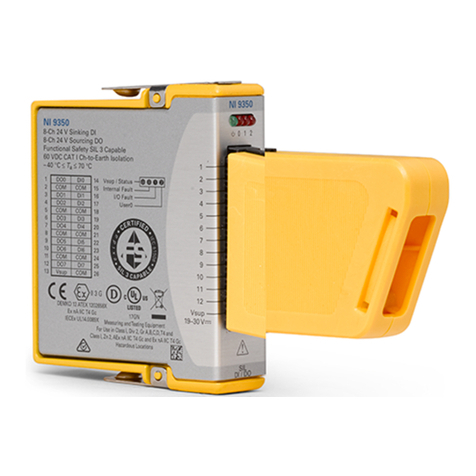
NI
NI 9350 Getting started guide

hexinverter
hexinverter Mutant Hihats user guide
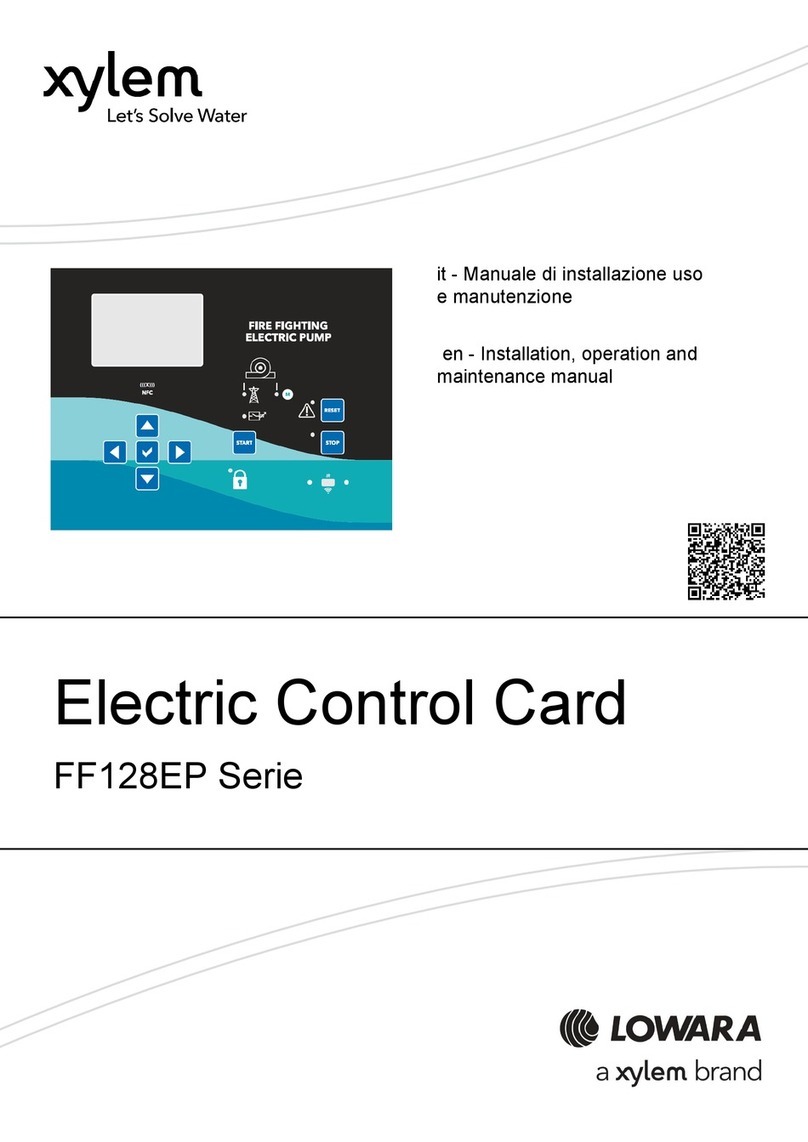
LOVATO ELECTRIC
LOVATO ELECTRIC FF128EP Series Installation, operation and maintenance manual

Woodward
Woodward easYgen-2000 Series manual
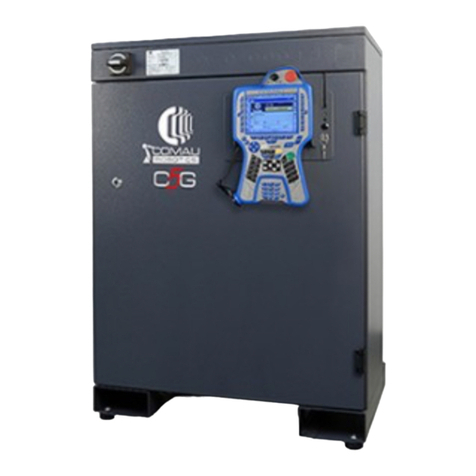
Comau Robotics
Comau Robotics C5G Instruction handbook

LOVATO ELECTRIC
LOVATO ELECTRIC EXP10 30 quick start guide
